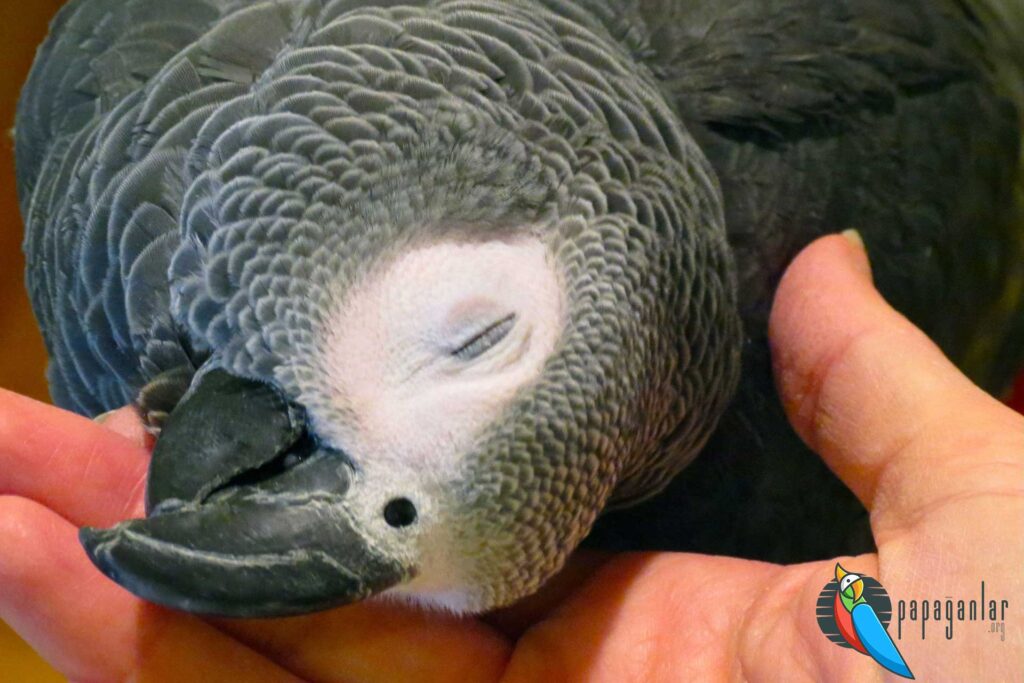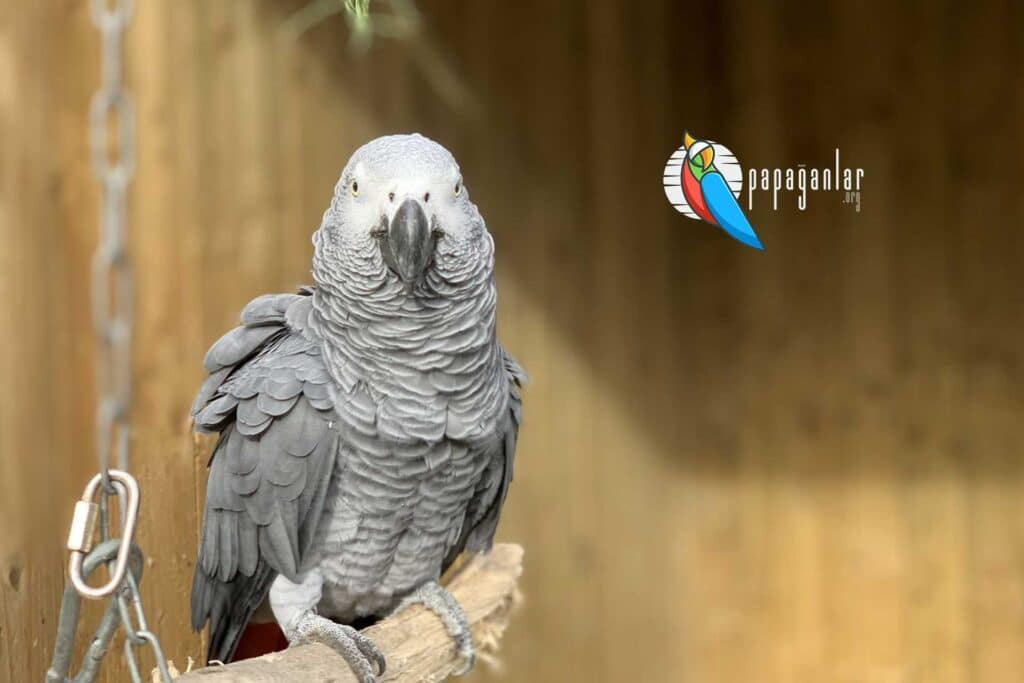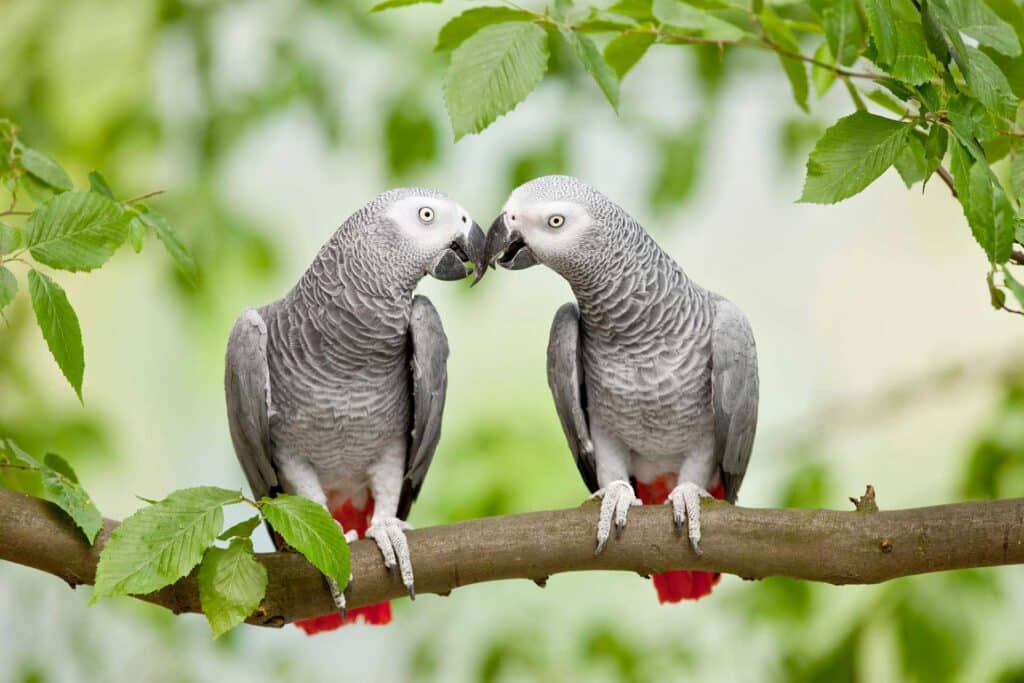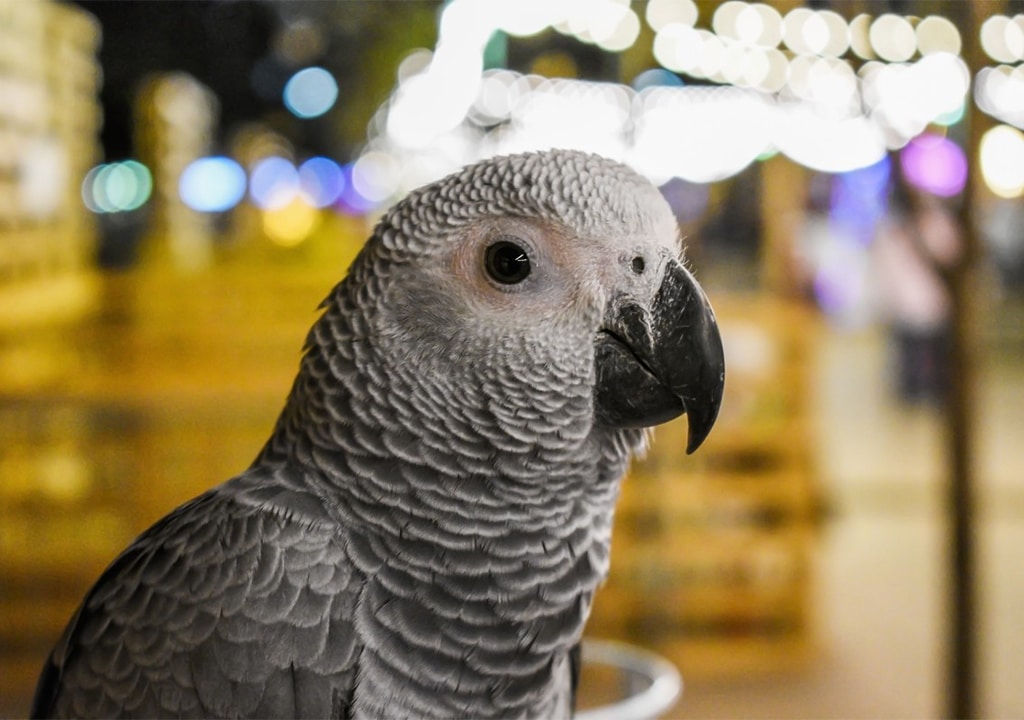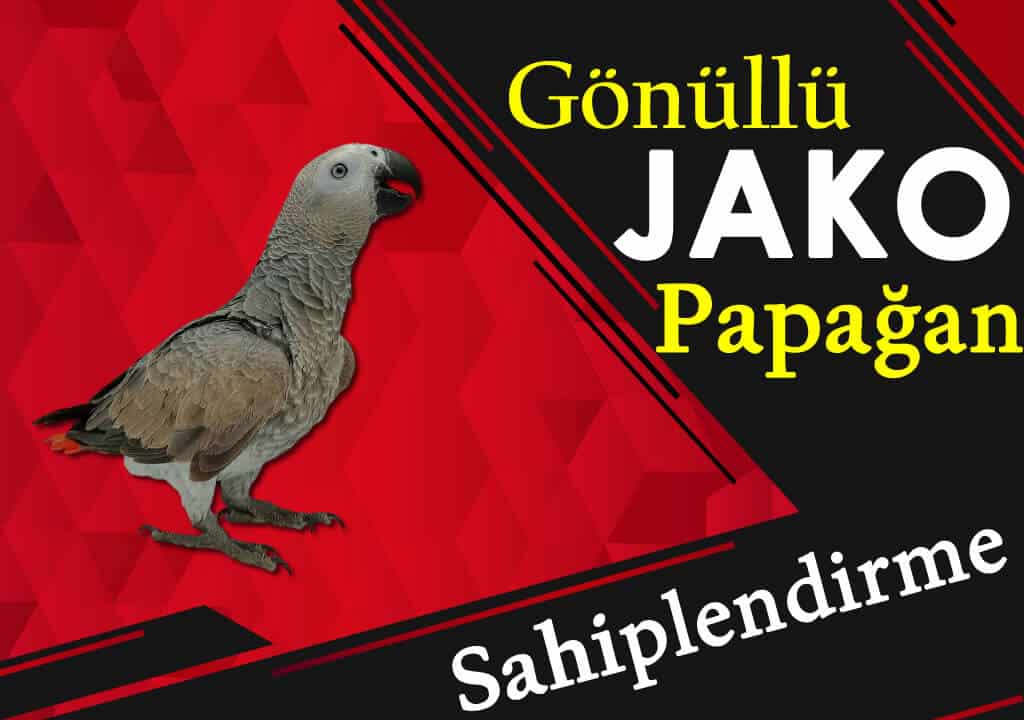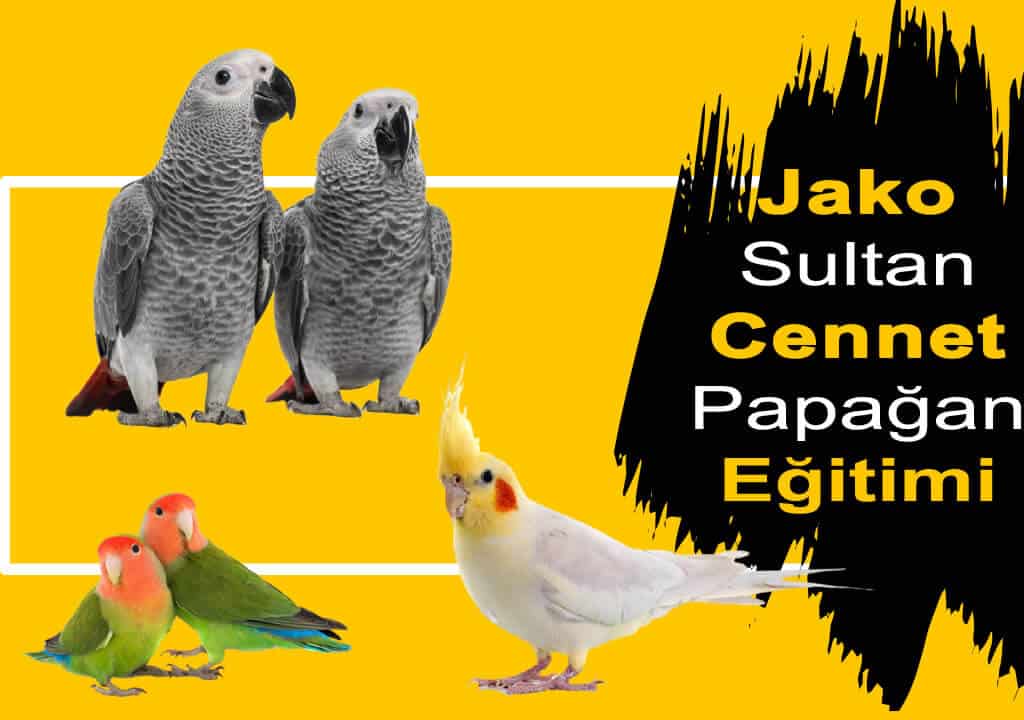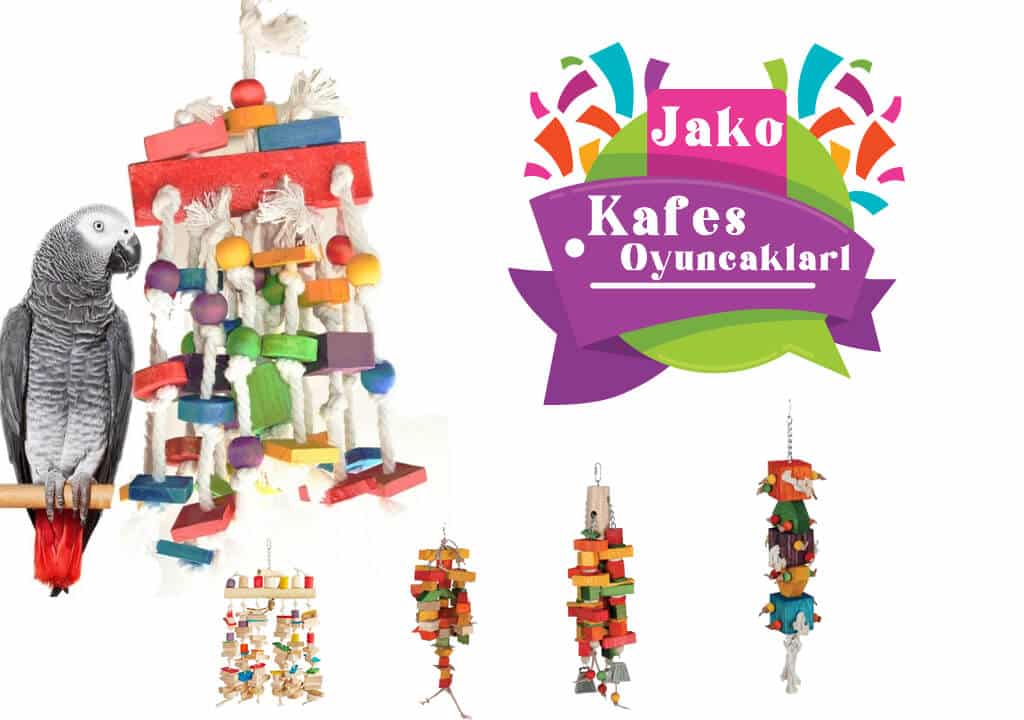Blog
African Grey Parrot Care
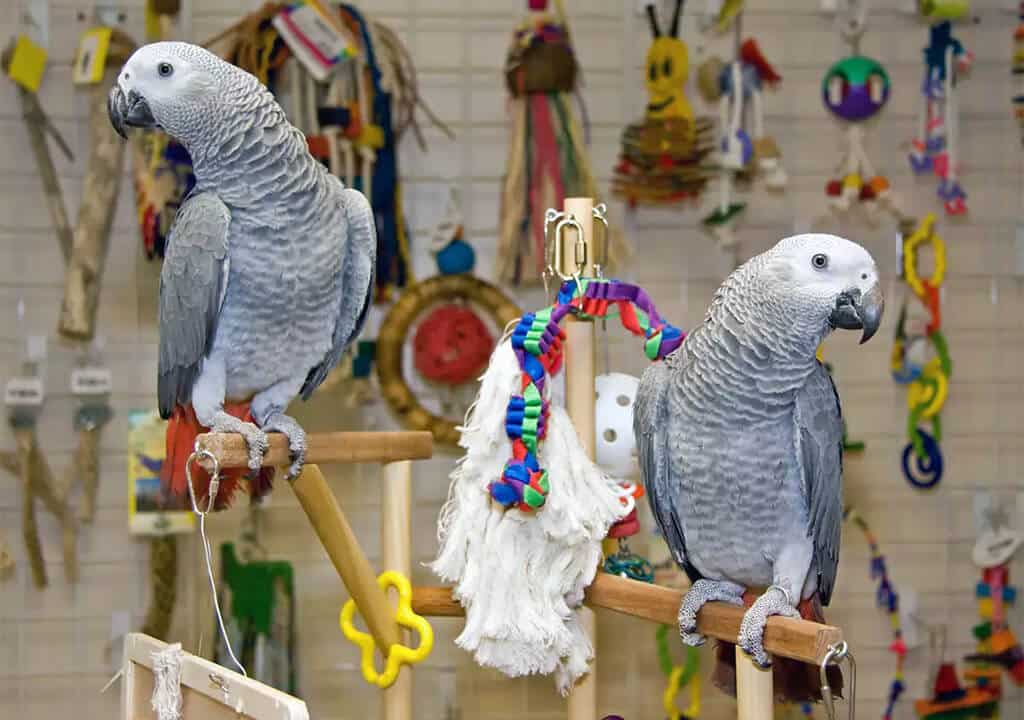
Known as the smartest and most talkative parrots, the African Grey parrot is one of the most commonly fed parrot species at home. Also known as gray African parrots. The natural habitat of these pet parrots extends from the Southern Ivory Coast to western Kenya.
African Grey parrots, like any pet, need to be meticulously cared for so that they feel safe and happy where they live. In particular, the nails should be trimmed under veterinary control so that they do not harm themselves and others.
Cup African Grey Parrot Care
In addition to their care, it is also important to pay attention to their nutrition and environmental conditions. Jaco parrots, whose bodies are very sensitive until they reach 1 year old, can get sick quickly if hygiene is not observed. That’s why the golden rule for baby African grey parrot care is cleanliness.
Cage cleaning can be done with apple cider vinegar. Apart from this, any chemical substance such as disinfectant should not be used. Likewise, the cleanliness of their food is extremely important. Especially drinking water should be checked and refreshed every other day. If you are giving the water from tap water, it will be more suitable in a rested form.
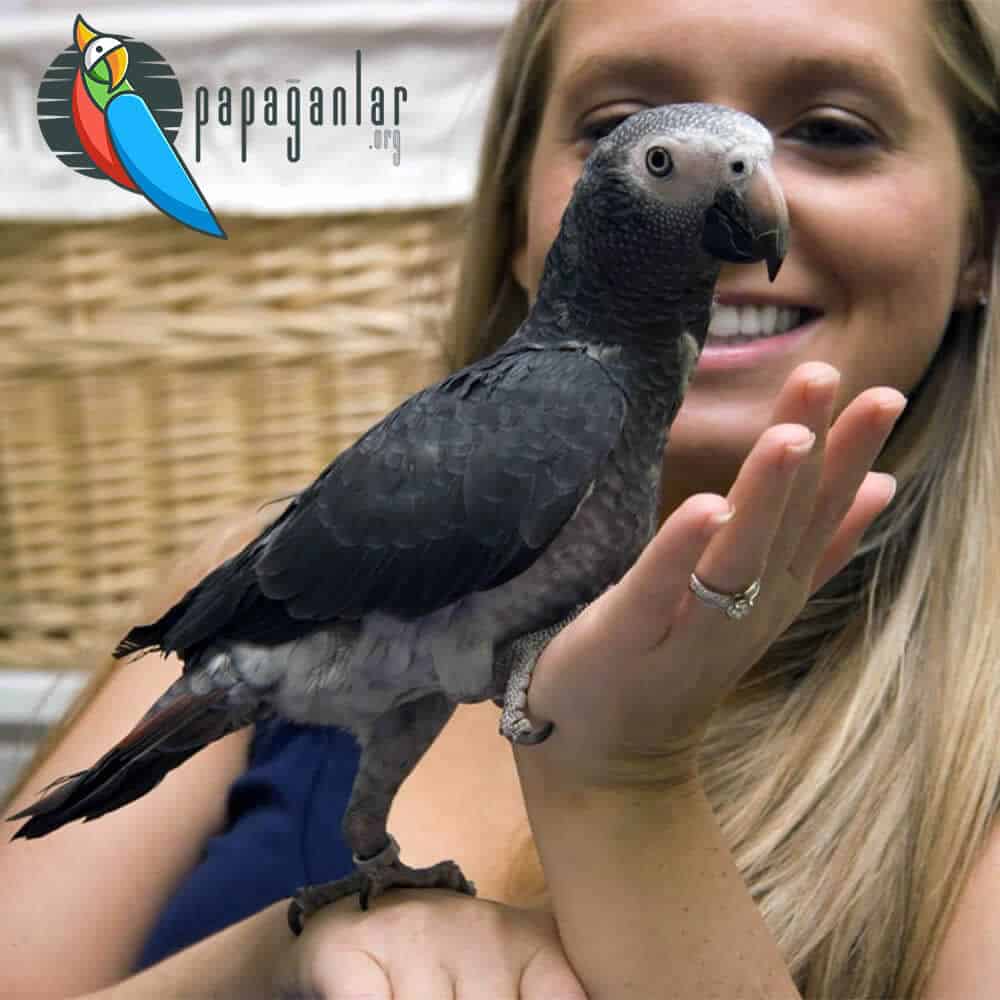
African Grey Parrot Names
The most important element that will strengthen the bond between you and your African Grey parrot friend is the care and love you show her. That’s why it’s important to feel valued. These bird species, which love to imitate the human voice, often know the meaning of the words they use. The African grey parrot with a developed vocabulary will definitely react when called by its name. In this respect, you can decide together on the name you will give her.
The most beautiful African grey parrot names should be chosen from the best words to describe its features.
If the parrot is male;
- Pıtır
- Apollo
- Şesu
- Aliş
- Cesur
- Serseri
- Zuzu
- Cingöz
- Ares
- Paşa
- Kont
- Efe
- Herkül
- Mercan
- Cino
Names like this can inspire you. Due to its gray color, the name Duman can also be preferred.
Name suggestions that will inspire the female parrot;
- Princess
- Strawberry
- Bambam
- Crispy
- Cinnamon
- Cute
- Hazel
- Silver
- Yasmin
- Hera
- Fascination
- Crystal,
- Bitch
- Hazelnut
- Pineapple
- Masuk
- Happy
- Coco
- Alya
such as a unique choice.
One of the classic names to be given for African Grey parrots, which are players;
- Crazy
- Tumbler
- Sassy
- Cankus
- Cheeky
- Madcap
It might be a good suggestion.
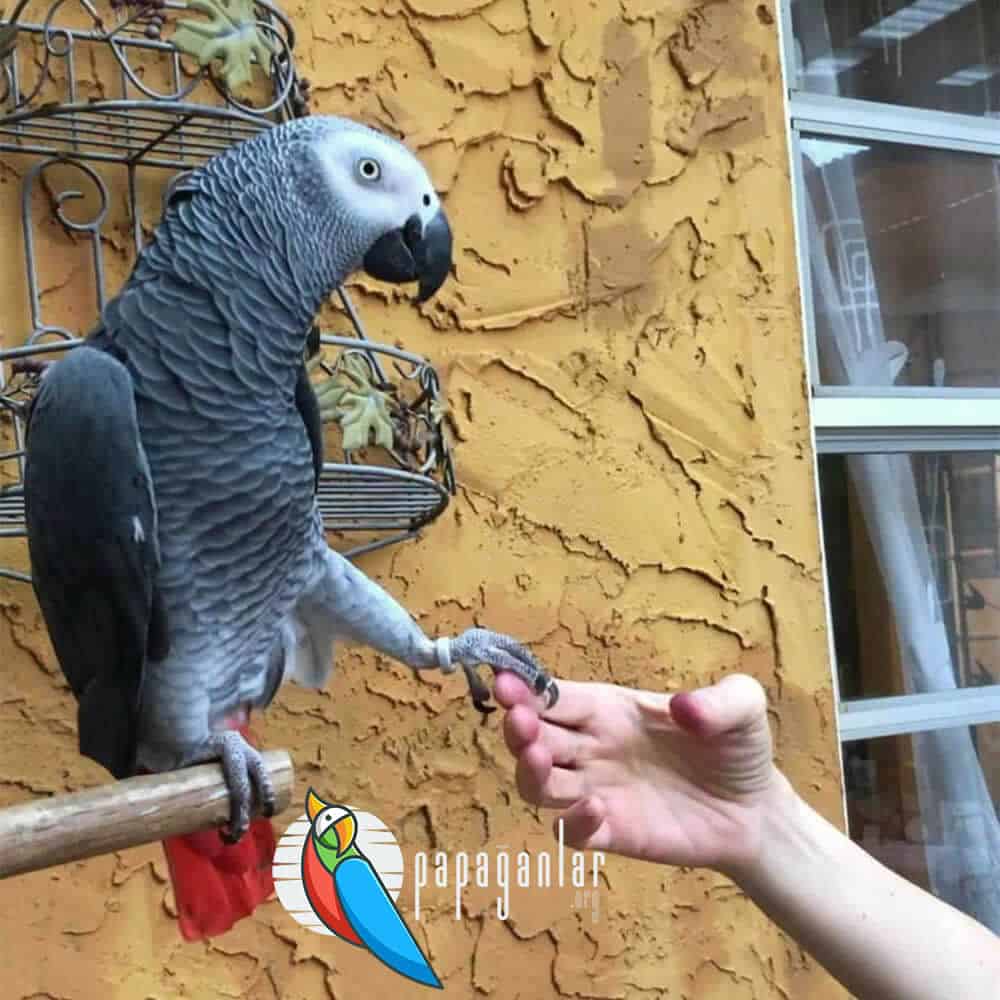
How to Train a How to Train a African Grey Parrot?
The African grey parrot is a sensitive bird. For this reason, before deciding to feed this species, it is necessary to have knowledge about how to train a African grey parrot. Since these birds are extremely intelligent, their learning abilities are also highly developed. Since they usually express their needs with their body language, their every action has a meaning and you need to learn them.
At this stage, all you have to do is to get close to her with care and compassion. It is important to spend time together frequently for these creatures that do not like to spend time alone. At the stage of teaching vocabulary, it will be sufficient to repeat it. To reinforce this, the reward is very encouraging.
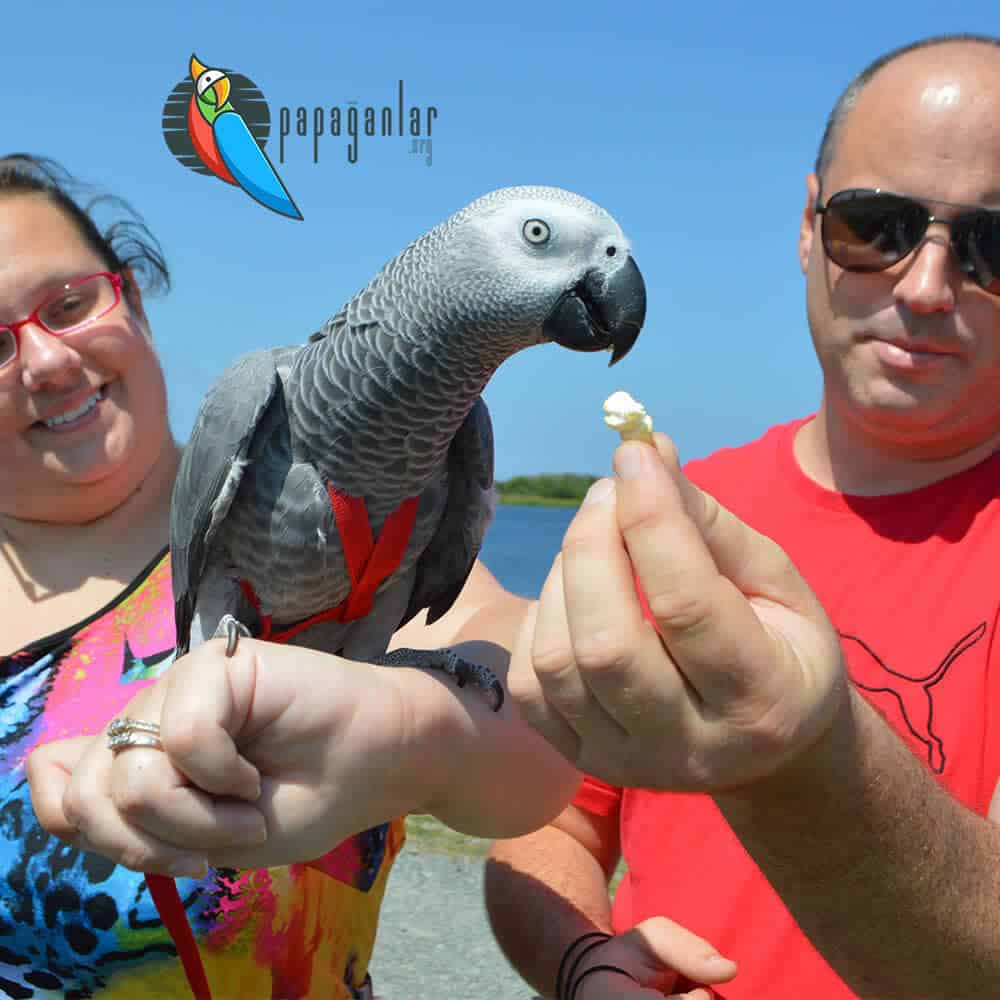
African Grey Parrot Anorexia
The African gray parrot’s loss of appetite begins with a state of stagnation marked by a lack of interest in feeding or eating. There are many reasons for this. Application of any other feed supplement other than the feed one is used to, changing the feed or applying a different diet may be among the reasons.
It can be a good alternative to offer more than one option for the jacko to choose the desired bait. However, if the African grey parrot’s lack of appetite continues in the long term, it may be a sign of illness. In this case, a specialist should be consulted without wasting time.
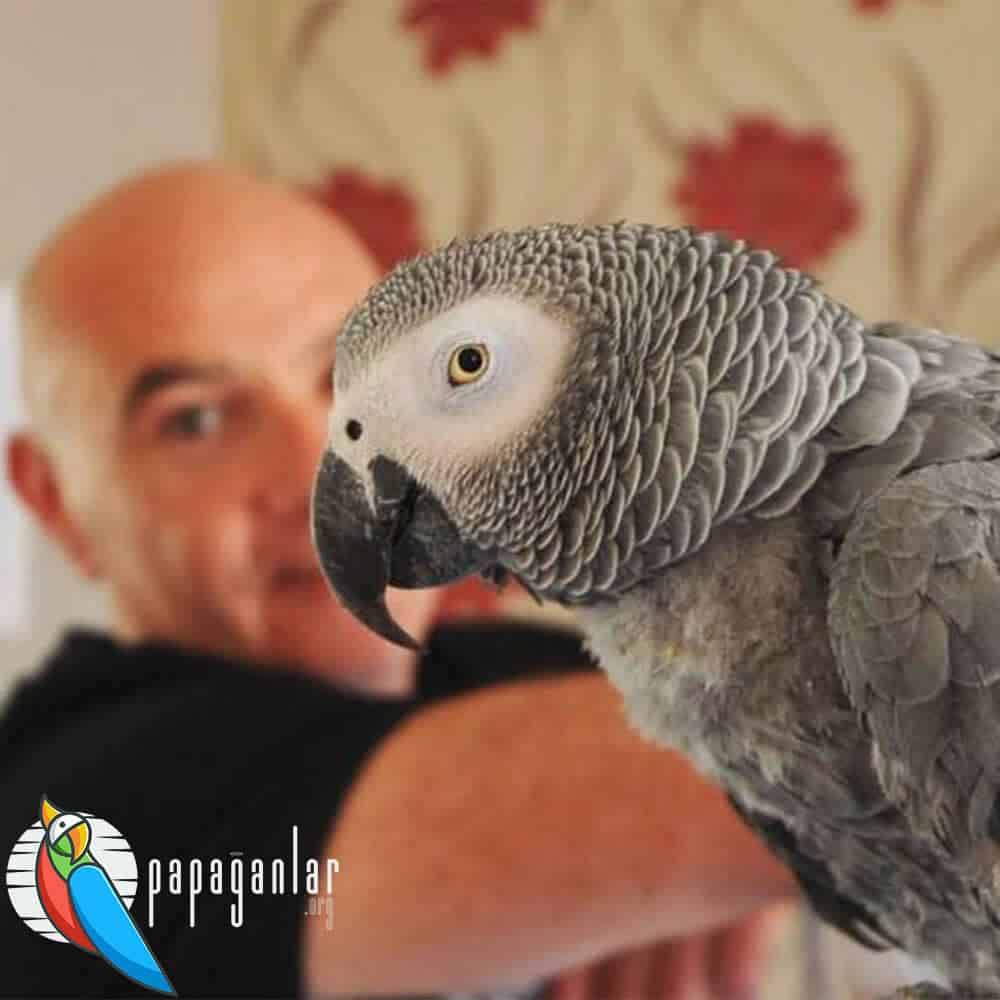
What Does the Jako Parrot Like?
African grey parrots enjoy playing with water and getting attention. They are warm-blooded towards people who spend time with them. Another answer to the question of what does the African grey parrot like is that they also enjoy eating very much. African grey parrots can be fed unsalted seeds, cheese, boiled eggs, corn and sliced fruit.
It is inevitable that they will be happy, especially since the fruits will make the jaco parrots feel in their natural environment. Green leafy plants such as lettuce and parsley are not suitable to be given as they will cause sensitivities in the digestive system and diarrhea. Again, stale and spoiled foods should be avoided. The feed to be given for the African grey parrot must be purchased in closed packages.

Why Does a African Grey Parrot Scream?
The African Grey parrot can sometimes scream. This shouting situation, which can occur when left alone and feels deprived of attention, can also be seen when family members are at home. While this may be a sign of an emergency, it can also be a way of trying to contact you.
For this reason, there is more than one answer to the question of why the African grey parrot screams. It can occur in situations such as fear, stress and anger, as well as in situations such as boredom or the need for nutrition.
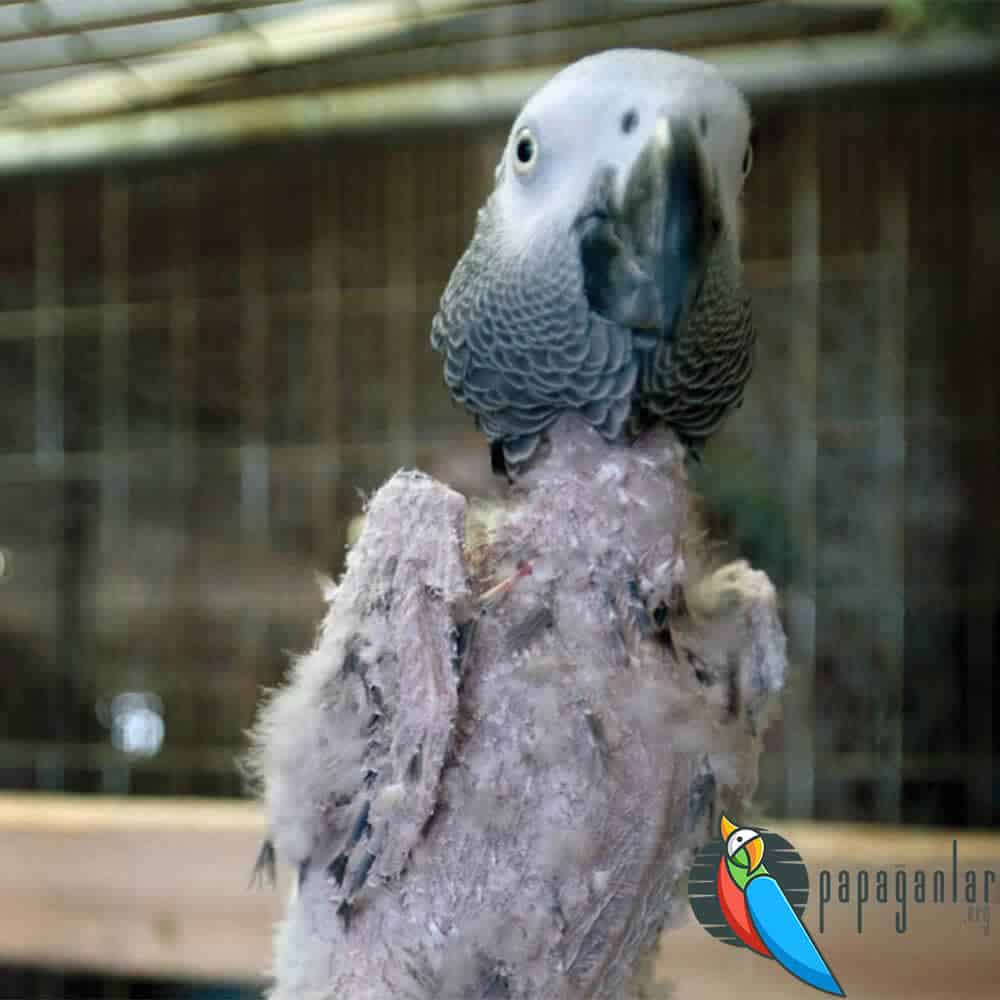
African Grey Parrot Stress
African grey parrots do not like to be alone, as they live in flocks in nature. These creatures, which demand extreme attention from their owners, also enjoy being in loud environments. Because they are a social species, they become unhappy when left to their own devices. For this reason, stressed jaco parrots may begin to pluck their feathers. Likewise, it prepares the ground for them to get stressed in dark environments without daylight.
However, one of the stress situations of the African grey parrot is to try to train it by punishing it. Yelling and punishing in training is a source of stress for Jaco parrots. Extreme stress can be fatal for Jacos, whose lifespans range from 60 to 70. The African grey parrot should be approached with love and trained with rewards. In addition, cages should not be placed below the waist level and above the chest level. For these bird species, enough contact with humans will cause boredom. In this case, the African grey parrot may show a behavior disorder and pull its feathers.
If there is no physical problem such as itching, dandruff or similar, this may be a nervous disease. Jaco parrot, which does not spend time in a humid environment and is exposed to excessively dry air, may get stressed and pluck feathers because such environmental conditions cannot be met. After all, African grey are generally prone to plucking. Fear, diet and nutrition problems, even the slightest indifference brought about by too much attention can cause the jacko to pluck.
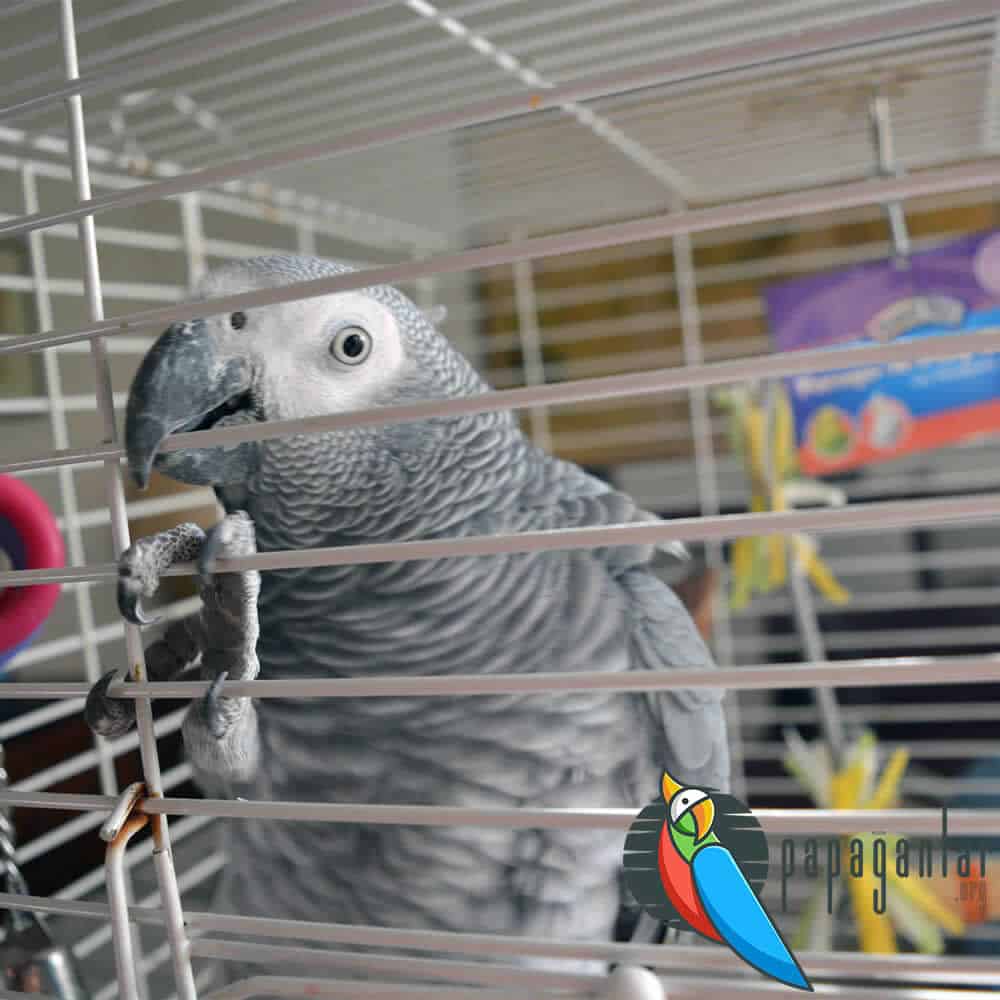
Information About the African Grey Parrot
African grey parrots are known as gray-feathered birds that can imitate vocal tones and voices very well. The most popular are the red-tailed species. With the right training, they can speak up to 1000 words, as they have extremely good imitation skills.
It is usually between 450-500 gr and its wingspan is between 45-55 cm. They are sensitive. It may take a long time for them to adapt to their environment. They may scream from time to time. For Jako parrot training, you must have information about the African grey parrot.

Jako Parrot Bath
To accustom your Jaco parrot to the bathroom, choosing a word that will be etched in her memory and reminding her to bathe also gives her confidence. For example, when you pronounce words such as bath, alum, alum, he understands that he will wash and prepares himself. Thus, you can have a pleasant time together during the bath.
Avoid using extremely hot or very cold water while bathing the African grey parrot. Chemicals such as soap, shower gel and shampoo should not be used as they will cause allergic reactions. The washing process should be finished without getting water into the ears and nose, and the jack should not be exposed to excessive water. In addition, the bathing time in winter should not be long and it should not be allowed to catch a cold after the bath. Regardless of summer or winter, the washing time should generally be preferred during the day. There is a risk of getting sick, as their bodies will remain moist when washed in the evening.
Do not leave the jaco parrot, which looks restless during washing, in the bathroom for a long time. Try to keep this process short until you get used to it. African grey parrots, which are very happy and whistling during bathing, are not happy if they are unhappy, restless, stagnant and quiet.
For the post-bath drying process, choose a special towel for your parrot and dry it. If the weather is hot, you can leave it to dry in the sun on its own, provided that you do not expose it too much. You can also use a hair dryer in cold weather.
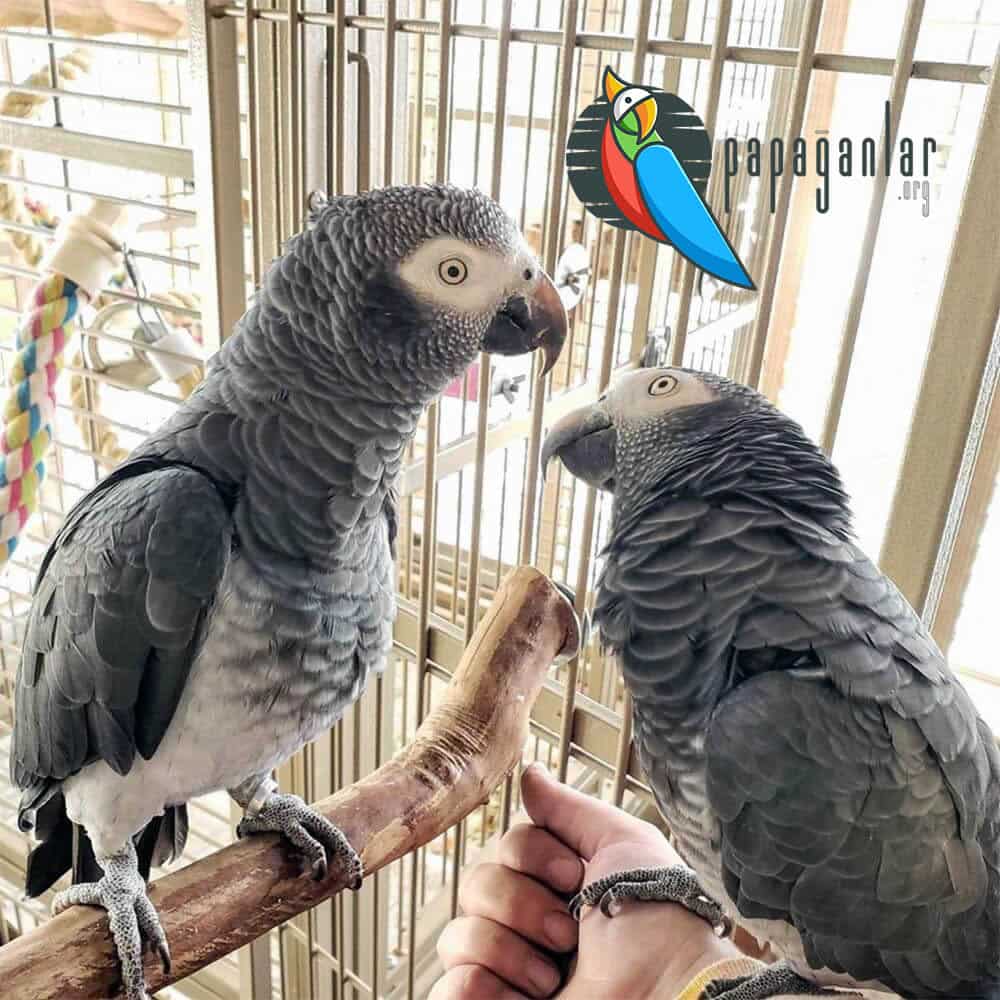
Jako Parrot Handling
Handling a African grey parrot takes patience. Waiting for her to get used to such a situation from the first day is nothing but haste. While leaving its environment and coming to a different place is already a cause of stress for the bird, you cannot expect it to get used to you all of a sudden. Therefore, you should not force it from the first day.
In the following days, you can extend your hand from a distance and measure the reaction of the jaco parrot. It would be the right move to wait for her to close the distance herself. At this stage, if you want, you can pass a favorite food towards her.
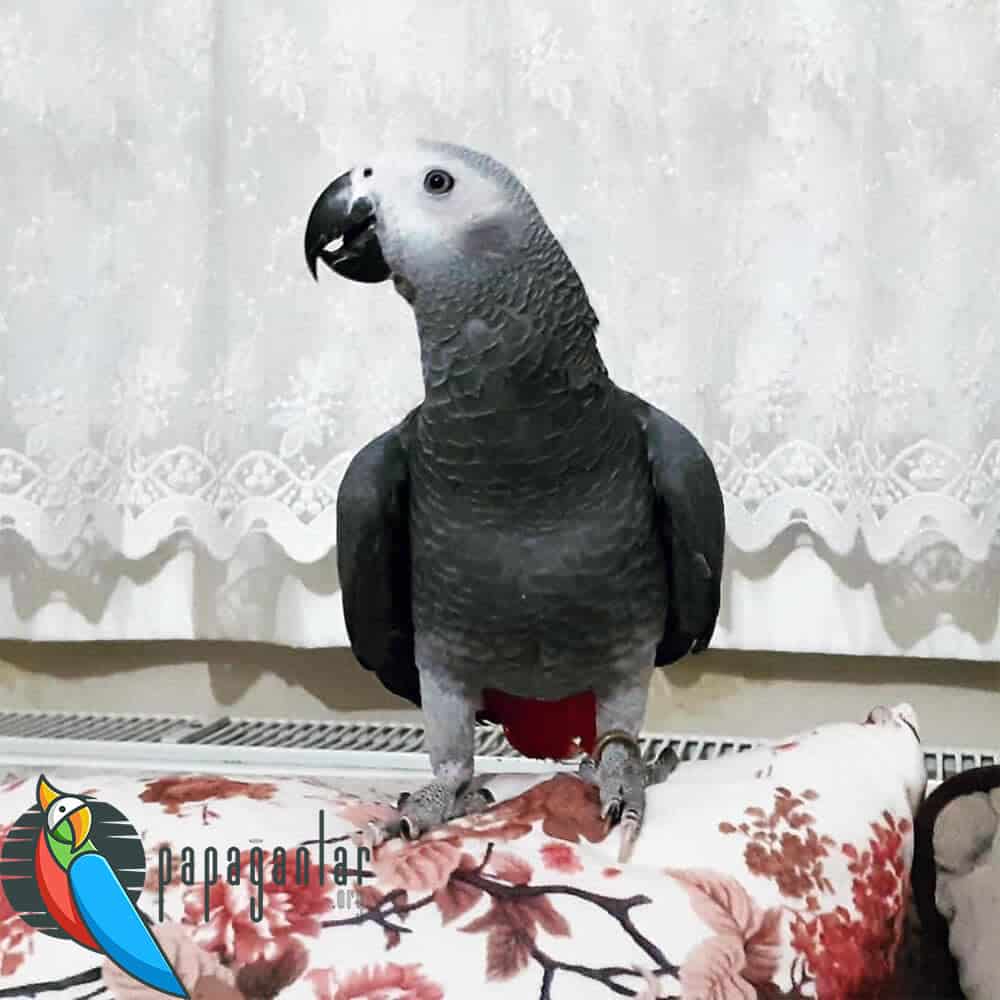
How to Wash a African Grey Parrot?
The African grey parrot, whose feathers begin to dust, has a dull appearance. Although they have an instinct to clean themselves like other animals, they must be washed with water. Cleaning is essential especially for the skin to breathe comfortably and for easy removal of the hairs.
As for how to bathe a African grey parrot, there is no specific style for it. The most important rule begins with accustoming the jaco to the bathroom. A steam bath can be a good start. When you are in the shower, you can let it perch on the upper parts of the shower cabin to moisten it from the bathroom steam.
Or you can take a bath by adjusting the water temperature to a normal level. Since the water flowing with the shower head is pressurized, African grey can be tickled. If they get used to it, it is possible to choose this method from time to time. Bathing with spraying, which is the most frequently used method, is also the favorite method of jacos. In this method, warm water is placed in a spray bottle and the first step is taken to the bathroom by wetting the jaco feet and tail parts. At this stage, you can comfort her with songs and words of love.
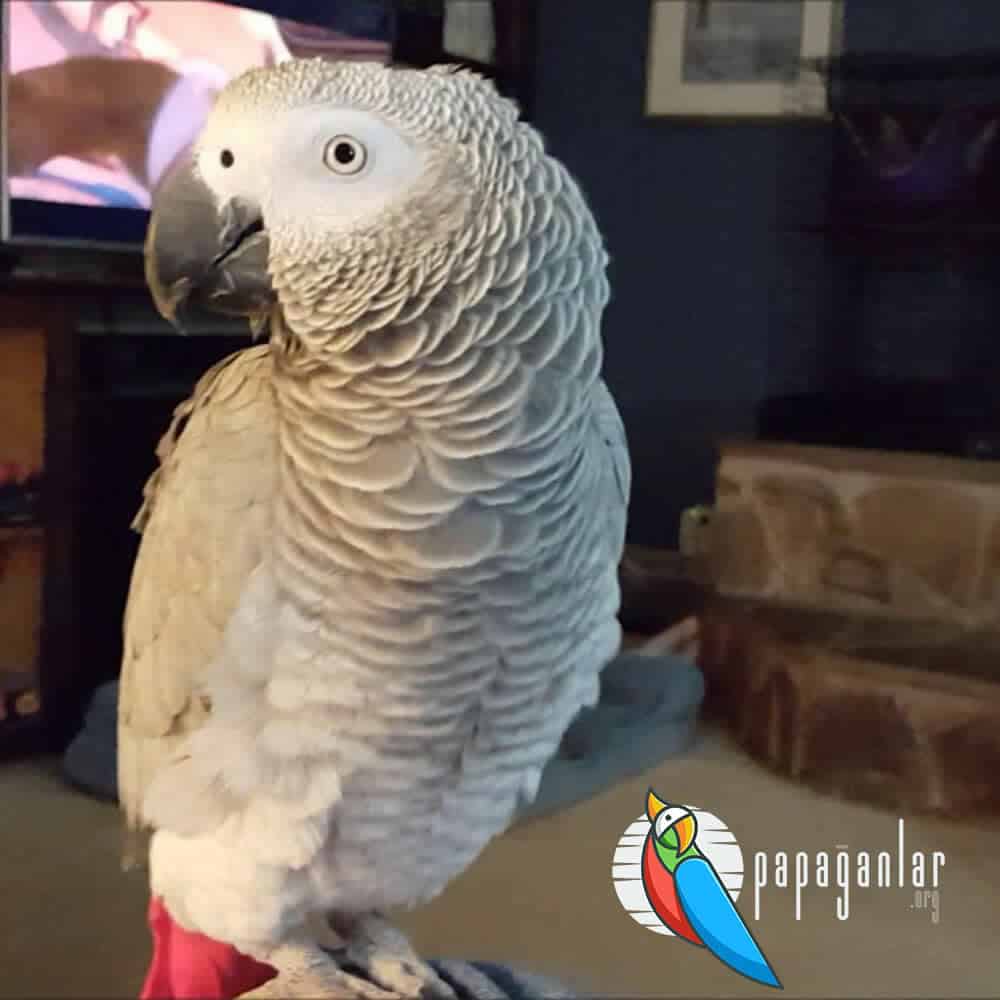
Why Does a Jako Parrot Shiver?
Because African grey parrots are sensitive birds, they are likely to shiver when they are in their seat or affected by something. This may also be possible with a loud or annoying sound.
These birds, who already have a tendency to be afraid in an unfamiliar environment, can show this with their body language when they are exposed to stress. This is the answer to the question of why the African grey parrot trembles. If the trembling persists for a long time, a veterinarian should be consulted.
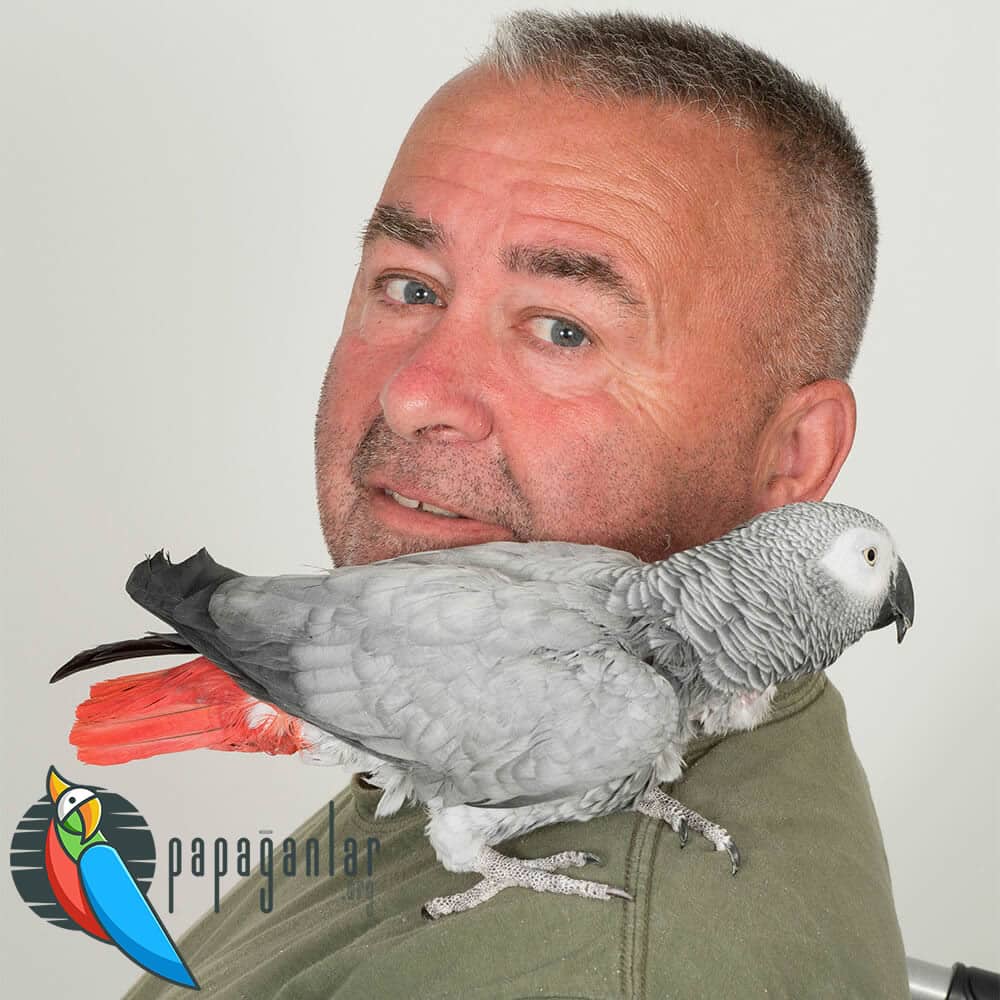
What should we pay attention to when buying a African Grey Parrot?
When buying a African grey parrot, attention should be paid to whether it is healthy, especially the color of the tail, that it is domestic production and that it is not stagnant. The tail color of the African grey parrot must be red. It is also very important that it is domestic rather than imported. Because there may be a change in the way of eating, there will be a digestive disorder along with the adaptation problem.
In addition, the fact that the jacoon is a pup is one of the most important answers to the question of what we should pay attention to when buying a jako parrot in order to make it easy to train.
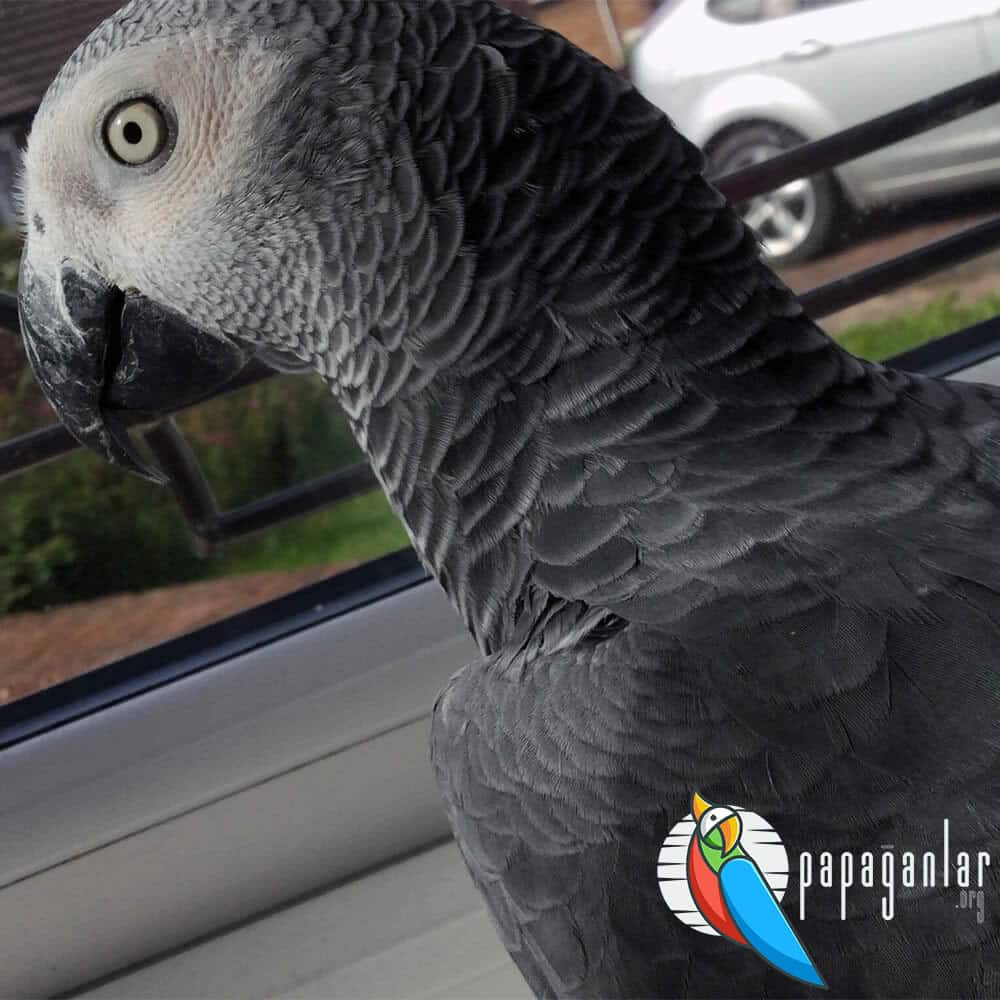
Jako Parrot Snarling
The snarling of the African grey parrot, which has just started working in the environment, is as natural as eating, crowing or fluffing. If the snarling action occurred at the first encounter, it is because she does not know you and alienates the environment. Especially for untamed African grey parrots, this first encounter situation can be exacerbated after they are caged.
From this moment on it is important to reassure the parrot. You have to stay at the distance allowed by her to calm down and let her get used to it.
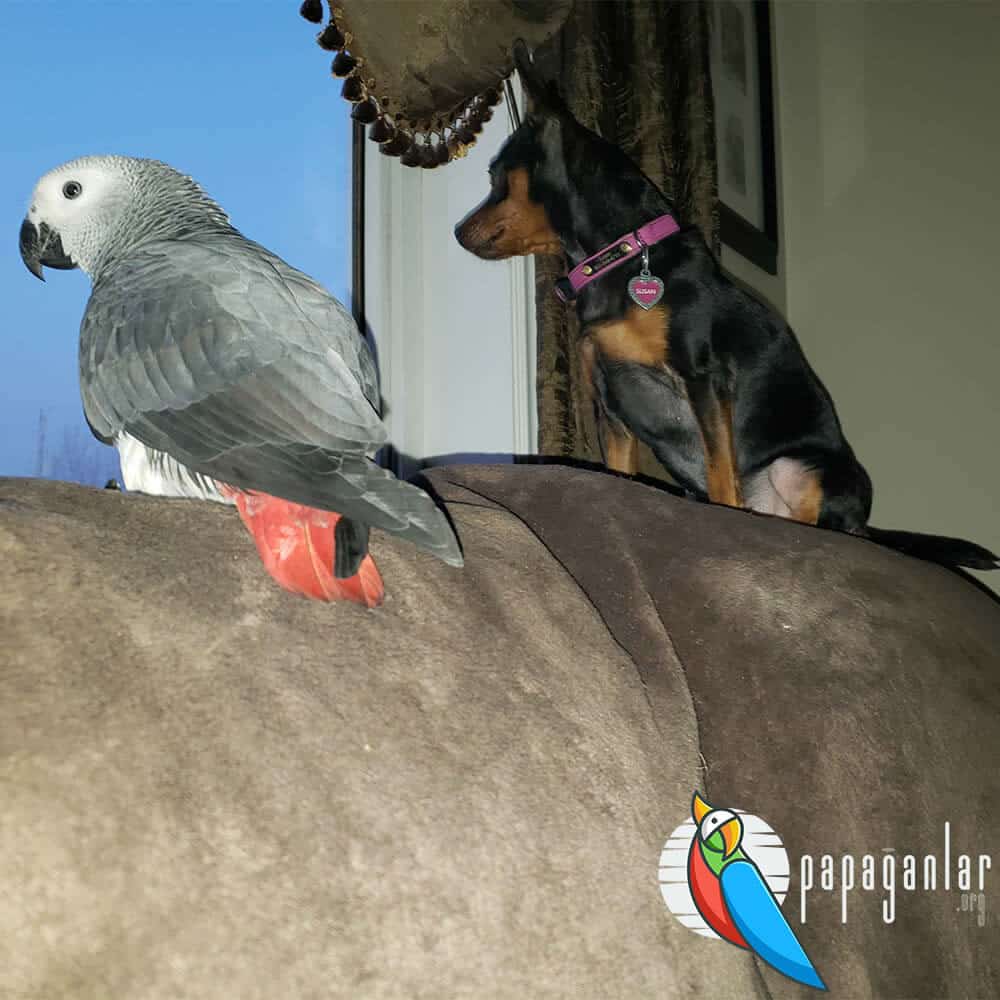
Why Does a African Grey Parrot Snarl?
Except for the first encounter, the reasons for the snarling of jaco parrots; There may also be fear, complaint, anger, laziness, hatred, moodiness and nervousness. A African grey parrot, which opens its eyes wide and screams as loud as it can go, is frightened. At this stage, it may react to even your smallest movement.
The state of fear and panic is the answer to the question of why the jako parrot growls. The behavior of a snarling parrot with a fearless expression is a sign of anger. Again, it can be raised or lowered according to your movements. If the gaze is calm, the head is sometimes tilted, and the wheezing is in the form of a slight grunt, complaints, moodiness or laziness can be seen in the African grey parrot.
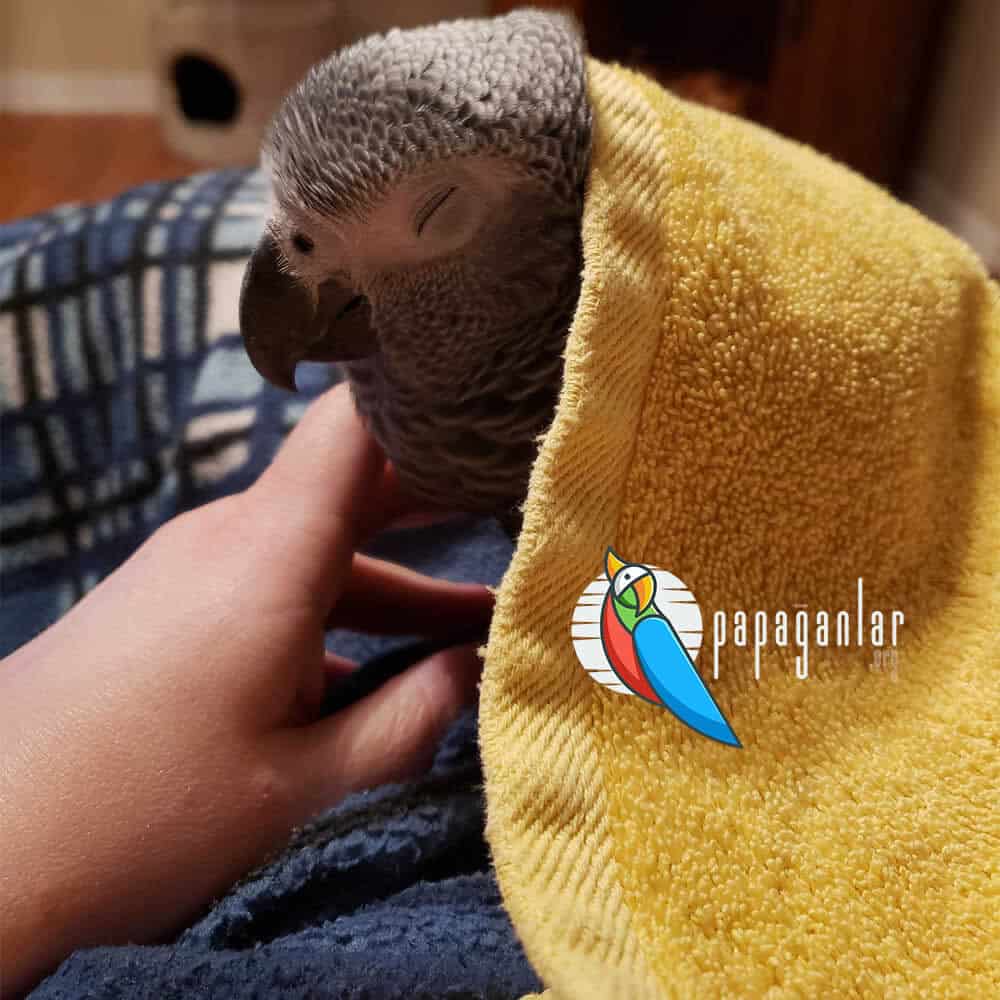
How Does a Jako Parrot Sleep?
African grey parrots, like other parrots, need between 10 and 12 hours of sleep a day. You can fall asleep in a dark environment without light, assuming it is night. Sleep is very important for the mental health and immune system of jaco parrots, which are sensitive birds.
It is difficult for a sleepless parrot to learn and learn words. If the answer to the question of how the African grey parrot sleeps, it will be enough to cover the cage with a black sheet at night.
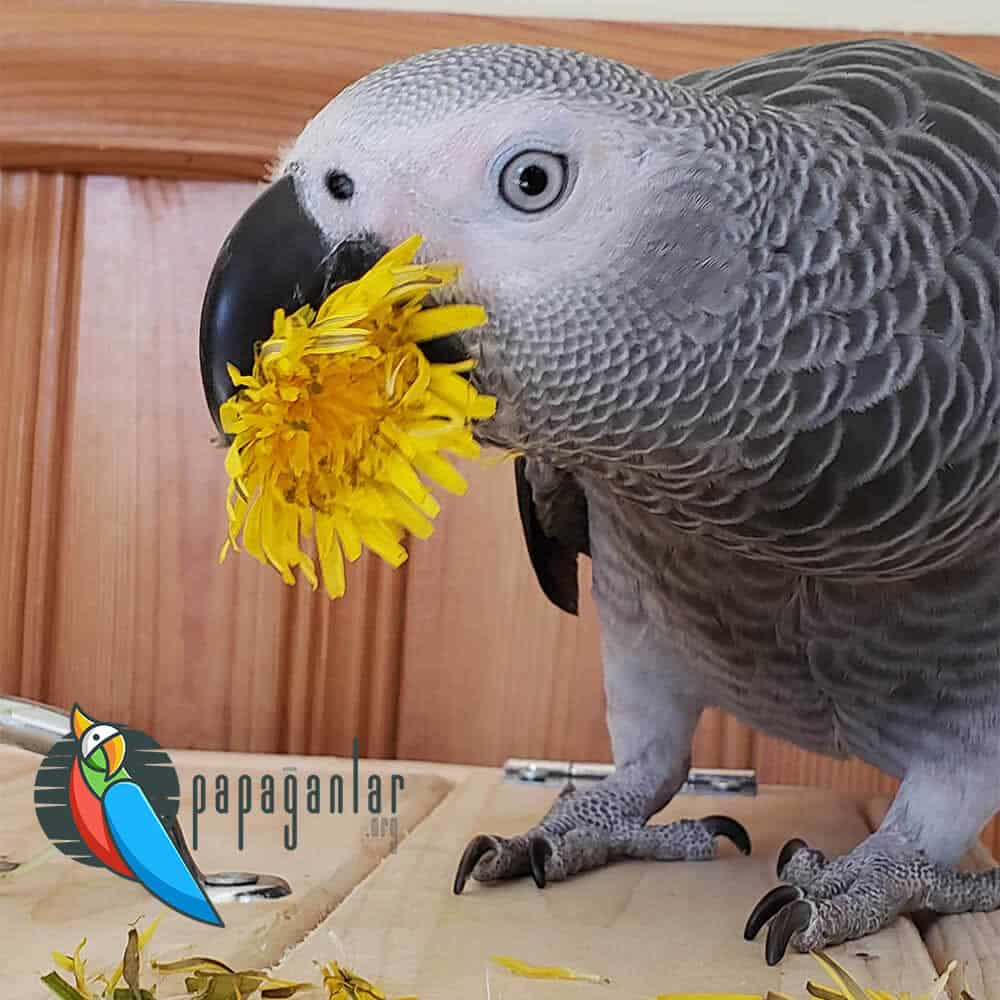
African Grey Parrot Attack
The primary purpose of the beak for all parrot species, including African Grey; holding, eating, drinking, cleaning and touching. Therefore, it is only possible for them to use the beak to attack when they have to.
Since they are not predators, their nature of biting is not to attack but to flee. There is nothing more normal than this for a African Grey who holds your finger with his beak or tries to make the game fun with small beak movements in the most heated moments of play.
The excessive biting and even attacking motive of the parrot may be caused by anger, aggression, stress or hormonal origin. If you have been exposed to a African Grey parrot attack, something is wrong. The African Grey parrot’s constricted pupils and fluffy feathers mean it’s angry. In such a case, the possibility of biting is high and care must be taken.

Jako Parrot Nodding
It is normal for the African Grey parrot to shake its head two or three times in succession. Small fluff and dust entering the ear can disturb the bird and they may shake their heads to get rid of it. Hearing abnormal noises again can cause the African grey parrot head nodding.
This situation is also not permanent. If you have been exposed to a sound for a very long time, replacing your jack would be a good solution.

Meanings of African Grey Parrot Movements
Every movement of a Jaco parrot is a sign of her desires and emotions, and the meanings of African grey parrot movements are different from each other. As interesting as it may sound, the body language of the jaco parrot is key to understanding its wants and needs. For the African grey parrot, whose every move has a meaning, turning its head and hiding it between its feathers is a sign of boredom. This behavior can be observed in a jako who has been alone and uncommunicative for a long time. All you have to do is approach and talk to her with love.
Shaking its feathers or combing its feathers with its beak means that it is cleaning, while fluffing its feathers indicates that it is satisfied with the situation. While there is no problem for a cheerful African grey parrot with fluffy feathers, it is beneficial to take the African grey, who is silent or motionless in this way, to the vet. In the same way, the African grey parrot, which feels safe, can rub its beaks together.
If the African grey parrot stays still, there is a dangerous situation. The African Gray stomach, coughing and sneezing is of course a disease condition and requires veterinary control. Turning around the African gray cage again shows the joy of the jaco. When they are too afraid of something, it is inevitable that they will tremble.
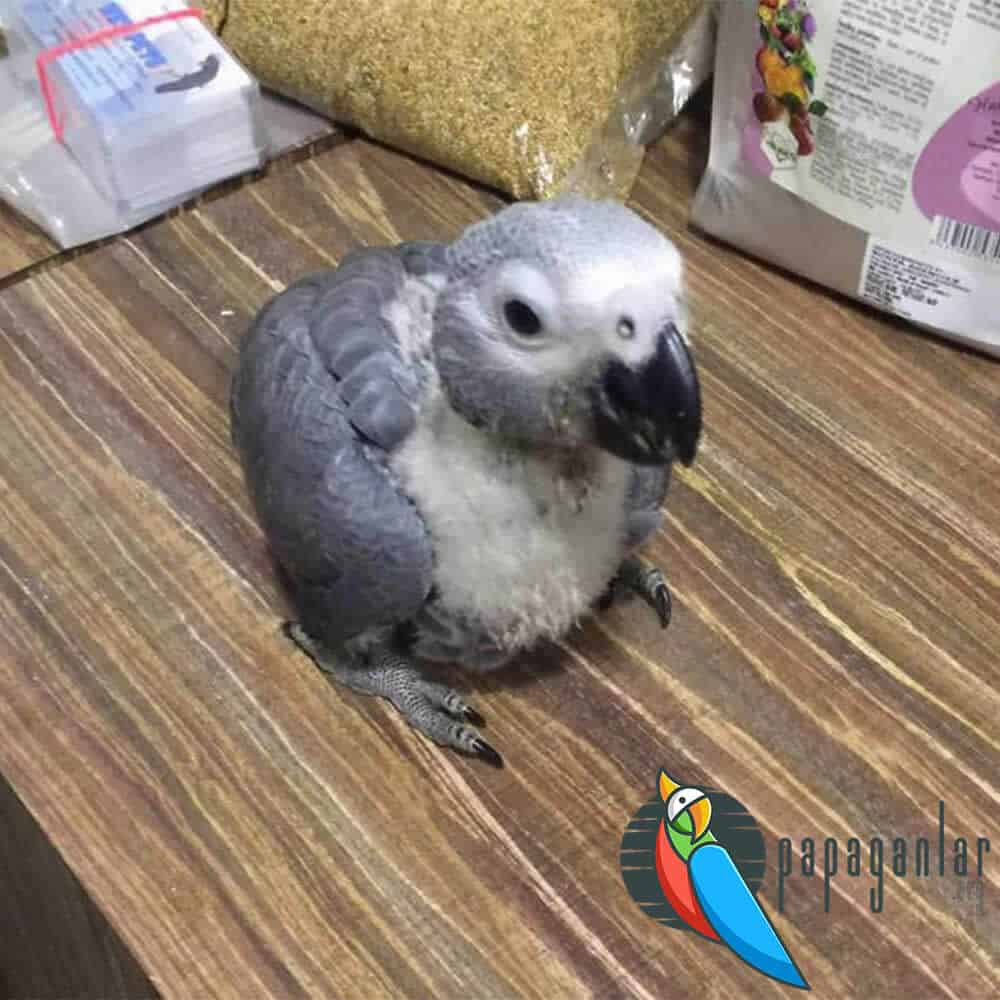
African Grey Parrot Taming
Since the African grey parrot’s natural environment is a wild one, the domestication process can take a long time, which requires patience.
You can successfully complete the taming process of the African grey parrot by listening to its needs without squeezing it. For this, it is important to know the right nutrition, care and body language.




